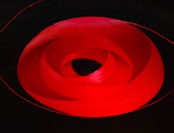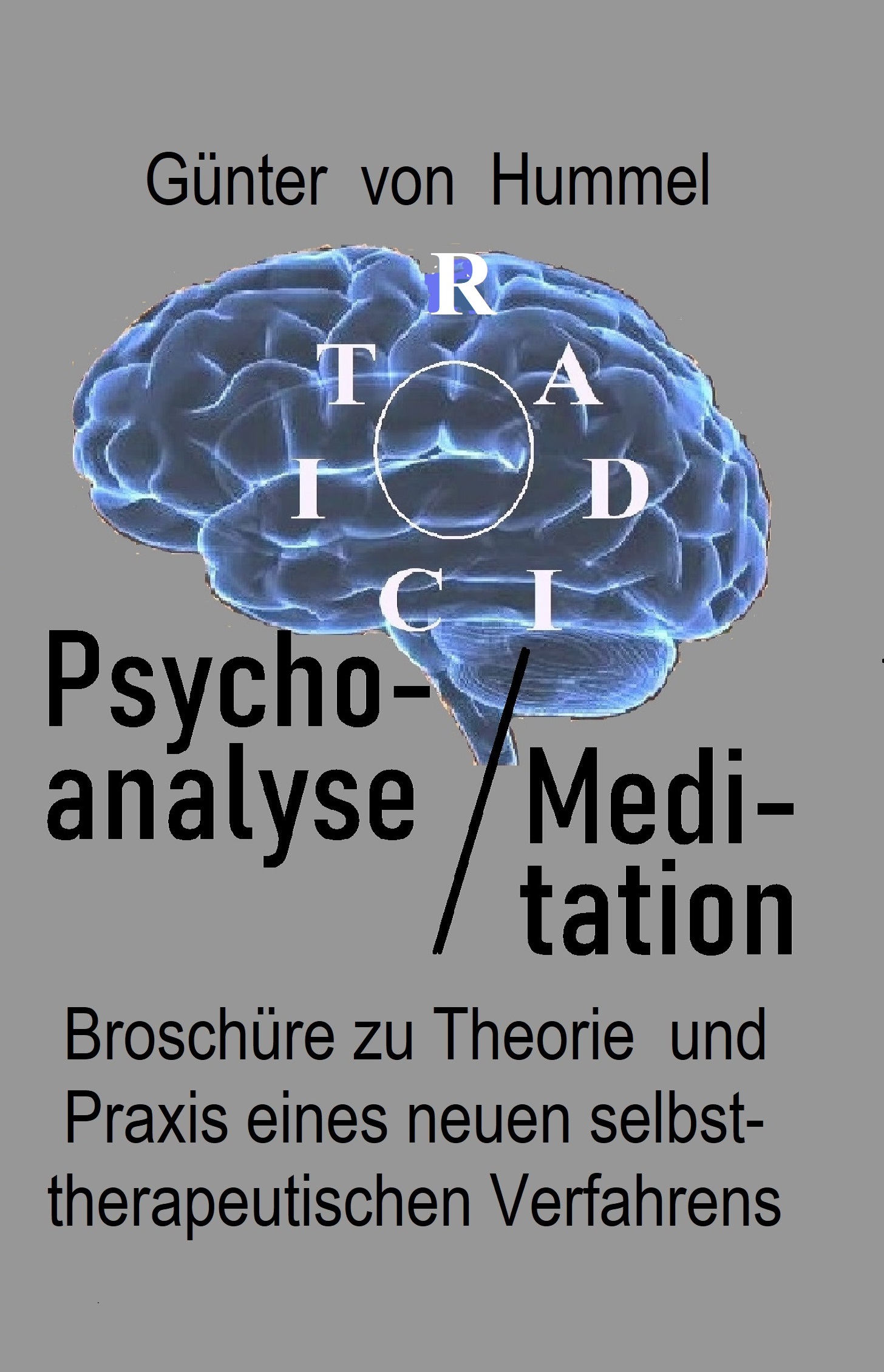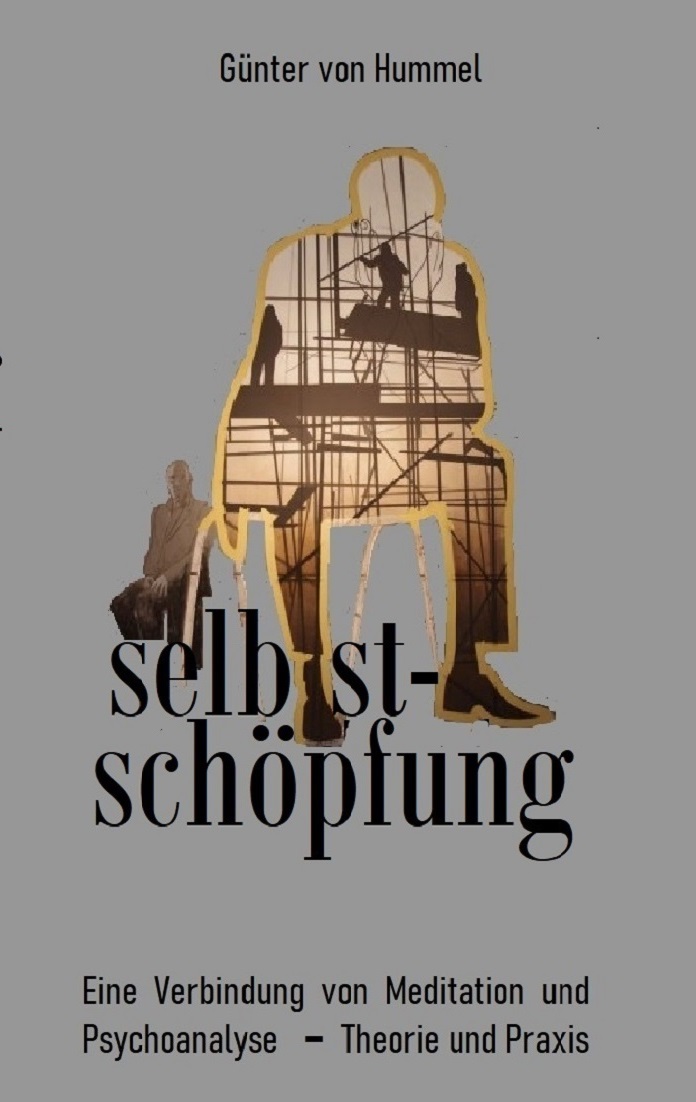Beitragsseiten
Almost any physical illness also has an aspect that pertains to the nervous system, the psyche, the unconscious, or however you would choose to name it. Since all of the physical functions are 'mirrored' in cerebral activities, physicians claim, that any illness will have a corresponding focus point in the brain, which would collaborate with the illness. Scientifically, such a focus point has failed to be found, though it may well be imagined as being similar to a psychosomatic disturbance. Perhaps the expression 'focus point' is only overly mystical, just too simplified. After all, it pertains to a collaboration of 'mirroring' nerve cells or mental dazzles, as mentioned in footnote l, and these cannot be measured. Maybe it would be best to speak of a strictly unconscious structure or of the unconscious as such, as does the founder of psychoanalysis, S. Freud. Simultaneously, we could assume it to be in an undetermined form and without the support of neurology or purely academic psychology.
My book, Meditation / Wissenschaft (Meditation / Science), attempts to describe such a form, a form left as undetermined as possible, and which illustrates the theory and practice of a new therapeutic method. After all, what would the value of the best theory be, were it not to lead to a practical therapeutic method? On the one hand, I have derived such a method from psychoanalysis which, today, provides for the scientific essentials needed for such a therapeutic method. On the other, it also includes other methods, such as autogenous training and other traditional methods of relaxing meditation with more emphasis on practical application. Per se, all of the latter methods have one disadvantage in common: they exceedingly accentuate the conscious (or, better said: the 'known', pre-allocated sense, subject matter, or thoughts).
Though they may be more illustrative (image-like), they neglect the symbolism (word-like) of the unconscious, which is regarded as substantial and of high importance in psychoanalysis. Here symbolism (or word-like) goes to say: it converses to itself in the unconscious; it is not a structural condition, as in a type of unconscious and deep sentiment, mental experience or psychic being or anything similar. In fact, it pertains to sense, meanings, or symbolisms. It aspires to address, or to express, something within ourselves. Or: it urges to be pronounced. It has already been articulated, or almost been verbalized, though it remains mostly undefined, elusive - or just unconscious. Do we need to proceed so scientifically and in multiple manners (psychoanalysis here and relaxation methods there)? Does it not cause excessive complication? Yes, it does. However, nowadays, we can't just engage in methods that are only plausible or believable, and not really proven.
Do we need to proceed so scientifically and in multiple manners (psychoanalysis here and relaxation methods there)? Does it not cause excessive complication? Yes, it does. However, nowadays, we can't just engage in methods that are only plausible or believable, and not really proven.
Aid for psychosomatic illnesses (illnesses that manifest physically, but have mental causes) needs to be based on scientifically elaborated theory, such of that psychoanalysis, and requires clear correspondence between such theory and practice (relaxation methods). Hence, it involves a little intellectual effort and pursuant, leads to actually knowing what you are doing and that you can rely on it, because such a method remains consistent all the way through to scientific contexts. The Moebius band (shown at the righthand side) is a normal band twisted around by 180 degrees. It is an ideal model for the main two twisted psychic principles. In psychoanalysis we call these principles drives (eros- and death-drive by Freud), but as an example, we can speak of the unconscious emotions of demand and desire. Demand and desire are in an unconscious conflict, they are the front- and back-sides of only one deep psychic organisation (just as the band of Moebius only has one surface, but two sides).
The depiction is geometrical art by T. Heydecker.


